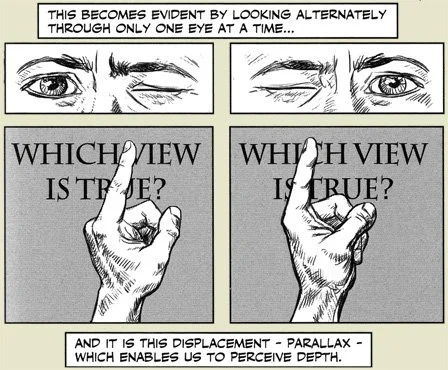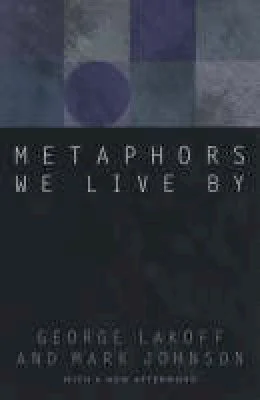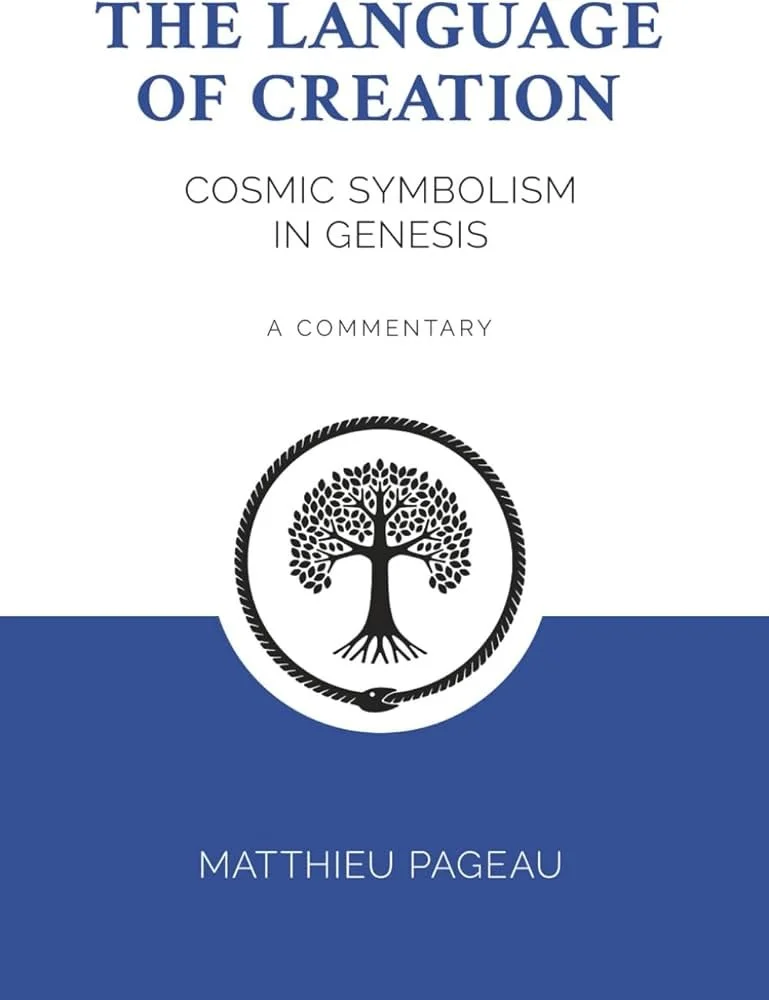
The Enlightenment Era is ending. What’s next?
The following is a reading list and recommended reading order compiled by J.M. Jackowski. The hope is that these books will point you away from dystopia and towards a second Renaissance. In essence, these books suggest a new way of looking at the world; wholistic (though occasionally linear), imagistic (though described linguistically), and spiritual (though built from matter upwards).
Phase 1
Consciousness is Foundational
To begin, we need to understand two things:
First, modernity and postmodernity confused our representations, be they scientific, mathematical, or linguistic, with ultimate reality.
Second, our representations attempt to account for the ‘motion of objects in experience.’ In essence, we research contents in consciousness.
Therefore, consciousness is the foundation of all understanding.
Primer:
Mystifying the Appearances
Mary Harrington
First:
Saving the Appearances
Owen Barfield
Second:
Metaphors We Live By
Lakoff & Johnson
Saving the Appearances, by the philosopher Owen Barfield, will help you understand the primary sin of modernity and postmodernity: Idolatry. For Barfield, “idolatry” is the confusion of the appearances with ultimate reality; “don’t confuse the moon with the finger pointing at it.” In essence, modernity believed that its representations of reality, the appearances we investigated or our abstract representations of those appearances, captured reality itself. Postmodernity argued that representations could never capture reality and therefore, our language and science had only ever been a means of manufacturing the world. Thus, postmodernity carried over the modern confusion by believing that if you changed language, you could change reality. The insistence that mantras like “trans women are women” are repeated demonstrates this confusion; if we all state it, it will be so.
Furthermore, Barfield’s discussion of “literalness” (p. 162-163) helps you see the consequences of idolatry - a kind of certainty and “hardness,” as opposed to “receptivity” - which foreshadows Iain McGilchrist’s portrayal of the left hemisphere.
Barfield helps us disentangle the confusion between our representations, whether scientific or linguistic, and ultimate reality. Lakoff & Johnson, in their prolific Metaphors We Live By, demonstrate how our concepts are grounded in human being, i.e. consciousness in the world. Metaphors help us understand novel information by framing it in terms of known concepts; we use what we know to make sense of what we do not know. Thus, we can trace back the chain of metaphors to the ground of all concepts: consciousness (or “experiential gestalts”). It isn’t that our representations refer to ultimate reality (modernity) or nothing whatsoever (postmodernity) but the most fundamental aspects of experience.
With our confusions disentangled and consciousness as the foundation of knowledge, we can begin to rebuild our understanding of the world.
Interlude
Unflattening
Nick Sousanis
Nick Sousanis, in Unflattening, demonstrates how images can make up for some of the inadequacies in language for capturing meaning. To avoid a performative contradiction, and for the love of comics, Unflattening is a philosophical graphic treatise. Sousanis does more than argue for the importance of images in conveying meaning - he shows you.
This book, though largely optional for our reading list, is a nice introduction to Phase 2.
Phase 2
What Figures?
To understand the appearances, it is worth understanding what “figures” them. Early in Saving the Appearances, Barfield acknowledges that there is a process that results in the appearances we investigate. Understanding this process will bring to light the fundamental frames we use to organize information. This is important to linger on, and perhaps the point of our reading list: If you can understand these frames, you’ll be able to recognize them in the world. Some philosophers see the world as the Good Mother, others as the Ouroboros. Some see the world as mechanical, others as living.
These frames have two primary dimensions: ‘horizontal’ and ‘vertical.’ The horizontal dimension compares the left and right hemispheres of the brain, what they value, and how they see the world. Knowing this, you’ll see how each strata of the vertical dimension has two faces. The vertical dimension provides the layers of the psyche. Each layer is a guiding framework (i.e., a metaphor for reality) and aspiration. These metaphors afford more or less explanatory power. Those that enabled more insights into reality, catapulted us forward, and settled into our psychology.
It may be easiest to begin with the horizontal dimension. However, this is just a suggestion. Phase 2 is significantly more in depth than Phase 1. Take your time and let your interest guide you.
The Horizontal Path:
The Vertical Path:
Phase 3
Speaking the Language of God
…
First:
The Language of Creation
Matthieu Pageau
Phase 1: Transcending Post-modernism
-

Unflattening - Nick Sousanis
Begin here. Unflattening is an accessible introduction to the limits of language and the necessity of seeing things from multiple perspectives. Both modernity and postmodernity made much of language; either believing that language could capture reality or that language never described reality. Sousanis suggests that the way out of narrow modern and post-modern modes of conceptualizing is a kind of “parallax” wherein taking multiple lines of sight on a single object provides a greater depth of understanding. When explaining the limits of language, it is clear that the author recognize the danger of a performative contradiction: you can’t use language to critique language. Thus, Unflattening is a comic book that uses beautifully drawn kaleidoscope of images to fill in the meaning-gaps that language leaves. By the time you finish this book, you should have a basic understanding of the inadequacy of language and the usefulness of images in conveying meaning.
-

Metaphors We Live By - Lakoff & Johnson
Postmodernity believed that language was framed by power structures. Effectively, language was only instrumental, generated to achieve self-centered ends. Lakoff & Johnson, by documenting the many metaphors that frame our language, point to an alternative explanation of language: it is founded on and framed by consciousness. In other words, language refers to experiences. This important take away allows us to understand how images (à la Unflattening) behave as a framework for words, consolidating them and demonstrating their relationships with one another. “The following week,” implies a standpoint in the experience and weeks, like baseballs, are pitched towards us. All language behaves this way because, unsurprisingly, our cognitive architecture is designed to act in the world. Thus, Metaphors remains influential in the science of embodied cognition, where action behaves as the foundation for all thought.
-

Saving the Appearances - Owen Barfield
It all begins with an idea. Maybe you want to launch a business. Maybe you want to turn a hobby into something more. Or maybe you have a creative project to share with the world. Whatever it is, the way you tell your story online can make all the difference.






